What is Computer Graphics?
Computer graphics is the art and science of creating, manipulating, and rendering images using computers. It spans everything from simple 2D charts and UI icons to highly realistic environments in games and movies.
There are two main branches:
- 2D Graphics: Includes things like UI design, vector illustrations, and image processing.
- 3D Graphics: Focuses on rendering objects in three dimensions, simulating light, camera perspective, and motion.
The graphics you see on screen are ultimately pixels – but behind the scenes, it's all math, data structures, and algorithms working together to produce that visual output.
Rasterization vs Ray Tracing
These are two primary techniques used in rendering 3D scenes:
Rasterization
- Fast and real-time
- Converts 3D objects (triangles) into pixels
- Used for most game engines and OpenGL
- Follows the GPU rendering pipeline (vertex → fragment shaders)
Ray Tracing
- Physically accurate but slower
- Simulates light rays bouncing around a scene
- Used in offline rendering (e.g., CGI for films), but gaining real-time traction (e.g., NVIDIA RTX)
| Technique | Speed | Accuracy | Common Use |
|---|---|---|---|
| Rasterization | Real-time | Good | Games, UI, AR/VR |
| Ray Tracing | Slower | Very high | Movies, Product Rendering |
Real-Time vs Offline Rendering
Real-Time Rendering
- Used in games, VR/AR, interactive application
- Prioritizes speed and responsiveness
- Constraints on complexity to ensure high frame rates (e.g., 60-240 FPS)
Offline Rendering
- Used in film production, medical imaging, simulations
- No real-time constraints
- Can take minutes or hours to render a single frame (e.g., Pixar films)
The GPU: Your Graphics Workhorse
The GPU (Graphics Processing Unit) is specialized hardware designed to handle massive parallel computations – perfect for rendering thousands or millions of pixels simultaneously.
Key GPU concepts:
- Shaders: Small programs that run on the GPU
- Parallelism: GPUs run thousands of threads in parallel
- Pipeline: Series of programmable and fixed steps to convert 3D data into a 2D image
How a 3D Scene is Rendered
Here’s the typical flow from 3D model to screen image:
- Geometry (vertices) is defined in 3D space.
- Transformations position objects in the scene.
- Camera/View matrix simulates your eye or lens.
- Projection converts the 3D world into a 2D screen.
- Shaders calculate lighting, color, and texture.
- Rasterizer turns triangles into pixels.
- Final Image is drawn to the screen buffer.
Leave a comment
Your email address will not be published. Required fields are marked *


